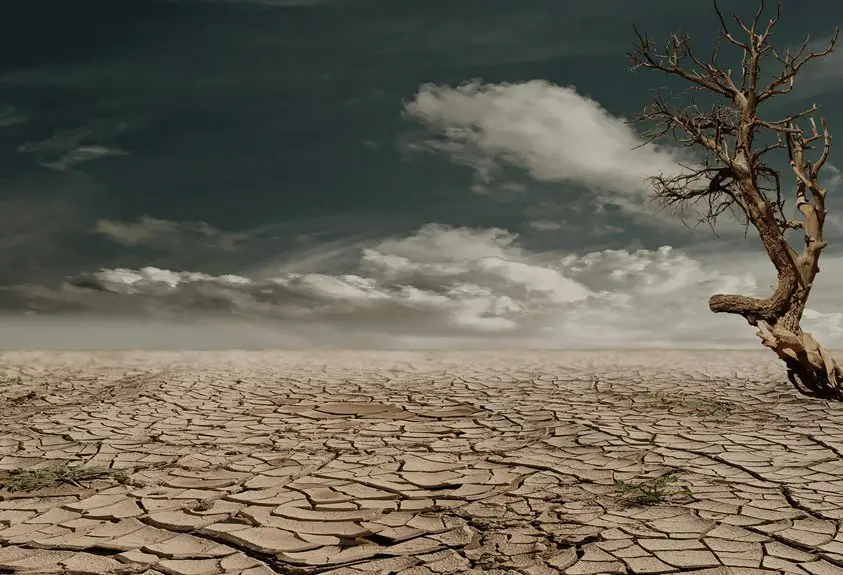You’ll find Gore-Tex keeps you dry by blocking rain while letting sweat escape, but in warm climates, it can feel a bit hot. Its breathability is good but limited when temperatures rise, so moisture might get trapped, especially during intense activity or high humidity. How you layer and use ventilation also plays a big role in comfort. If you want to know how Gore-Tex compares to other fabrics and ways to stay cooler, there’s more to explore.
Table of Contents
Key Takeaways
- Gore-Tex blocks rain and wind but can trap heat due to limited breathability in warm climates.
- It breathes better than traditional waterproof fabrics but may still cause sweat buildup in high temperatures.
- Proper ventilation, like pit zips, is crucial to improve airflow and reduce overheating.
- Layering with moisture-wicking base layers helps manage sweat and increases comfort.
- Gore-Tex offers superior waterproofing but may feel hotter than lighter, more breathable fabrics in warm weather.
How Gore-Tex Technology Works
Gore-Tex works by combining a waterproof membrane with breathable fabric, so you stay dry without overheating.
When you wear Gore-Tex, the membrane blocks rain and wind by having tiny pores too small for water droplets but large enough to let water vapor escape. This means sweat in vapor form can leave your jacket, preventing moisture buildup inside.
The outer fabric protects the membrane from damage and adds durability, while the inner lining enhances comfort. Together, these layers form a barrier against external elements without trapping sweat.
You’ll find that Gore-Tex adapts to your activity level, allowing moisture to escape when you’re moving but sealing out rain and wind when you’re still, keeping you comfortable in wet conditions.
Breathability of Gore-Tex in High Temperatures
While staying protected from rain, you might wonder if your jacket can keep you cool during hot weather. Gore-Tex is designed to be breathable, allowing moisture vapor to escape while blocking water.
However, in high temperatures, its breathability can feel limited. You may notice some heat buildup because the membrane slows down sweat evaporation compared to lighter fabrics. Still, Gore-Tex performs better than traditional waterproof materials.
In hot weather, Gore-Tex breathability slows sweat evaporation but outperforms traditional waterproof fabrics.
Here’s what affects breathability in hot conditions:
- Gore-Tex membranes let moisture out but at a slower rate under heat.
- Air circulation inside the jacket influences how cool you feel.
- Intense activity produces more sweat, challenging breathability.
- Layering choices can impact ventilation and comfort.
Understanding this helps you decide when Gore-Tex suits your warm-weather needs.
Factors Affecting Comfort When Wearing Gore-Tex
Keeping cool in hot weather is just one part of the comfort equation when wearing Gore-Tex. You also need to take into account factors like fit, layering, and activity level.
If your Gore-Tex garment fits too snugly, it can trap heat and moisture, making you feel hotter. Layering matters too—wearing breathable base layers helps wick sweat away, enhancing comfort.
Your activity level influences how much you sweat; intense movement can overwhelm Gore-Tex’s breathability, causing discomfort. Environmental conditions like humidity also play a role, as high humidity slows moisture evaporation.
Finally, proper ventilation options, such as pit zips or adjustable cuffs, let you regulate airflow and prevent overheating. Paying attention to these factors helps you stay comfortable in Gore-Tex, even when temperatures rise.
Comparing Gore-Tex to Other Fabrics in Warm Weather
Although you might rely on Gore-Tex for waterproof protection, it’s important to contemplate how it stacks up against other fabrics in warm weather.
Gore-Tex excels at keeping rain out, but it can trap heat more than some alternatives. When comparing, consider these points:
- Cotton: Breathable and comfortable but loses insulation when wet.
- Nylon: Lightweight and quick-drying but less breathable than Gore-Tex.
- Polyester mesh: Offers excellent airflow but lacks waterproofing.
- Softshell fabrics: Provide moderate water resistance with better ventilation.
If you’re in hot conditions, fabrics with superior breathability might feel cooler than Gore-Tex.
However, Gore-Tex’s waterproofing remains unmatched. Choosing the right fabric depends on balancing your need for water protection with staying cool.
Tips for Staying Cool While Wearing Gore-Tex
Because Gore-Tex prioritizes waterproofing, you might find it traps heat more than other fabrics. To stay cool, you can adjust your layering, seek shade, and keep hydrated. Ventilation is key—use zippers and vents to let air flow. Also, choose lighter colors to reflect sunlight. Here’s a quick guide to help you stay comfortable:
| Tip | Action | Benefit |
|---|---|---|
| Layer Smartly | Wear moisture-wicking base layers | Reduces sweat and heat buildup |
| Use Ventilation | Open pit zips or vents | Improves air circulation |
| Choose Light Colors | Pick lighter shades | Reflects sunlight |
| Stay Hydrated | Drink water regularly | Regulates body temperature |
Frequently Asked Questions
Can Gore-Tex Be Washed in a Regular Washing Machine?
You can wash Gore-Tex in a regular washing machine using a gentle cycle with cold water. Avoid fabric softeners and bleach. Use a mild detergent, then tumble dry low to reactivate its waterproof membrane effectively.
Is Gore-Tex Environmentally Friendly and Recyclable?
You might think Gore-Tex is eco-friendly, but it’s a mix: it’s durable and helps reduce waste, yet it’s made from non-renewable materials and isn’t fully recyclable. So, you’ll want to contemplate its environmental impact carefully.
How Long Does Gore-Tex Fabric Typically Last?
You can expect Gore-Tex fabric to last around 5 to 10 years with proper care. Its durability depends on usage and maintenance, so don’t forget to clean and reapply DWR treatments to keep it performing well.
Does Gore-Tex Offer UV Protection?
Gore-Tex doesn’t specifically offer UV protection, but it does block some UV rays thanks to its tightly woven fabric. You should still wear sunscreen or additional protective clothing when you’re exposed to strong sunlight.
Are There Different Gore-Tex Products for Various Activities?
Yes, Gore-Tex offers different products tailored for activities like hiking, running, and skiing. You’ll find variations focusing on breathability, durability, and waterproofing so you can pick the best gear for your specific adventure.
- Does Chiffon Fabric Stink - July 15, 2025
- Does Chiffon Fabric Affect the Economy - July 15, 2025
- Does Cotton Fabric Have a Nap - July 15, 2025







